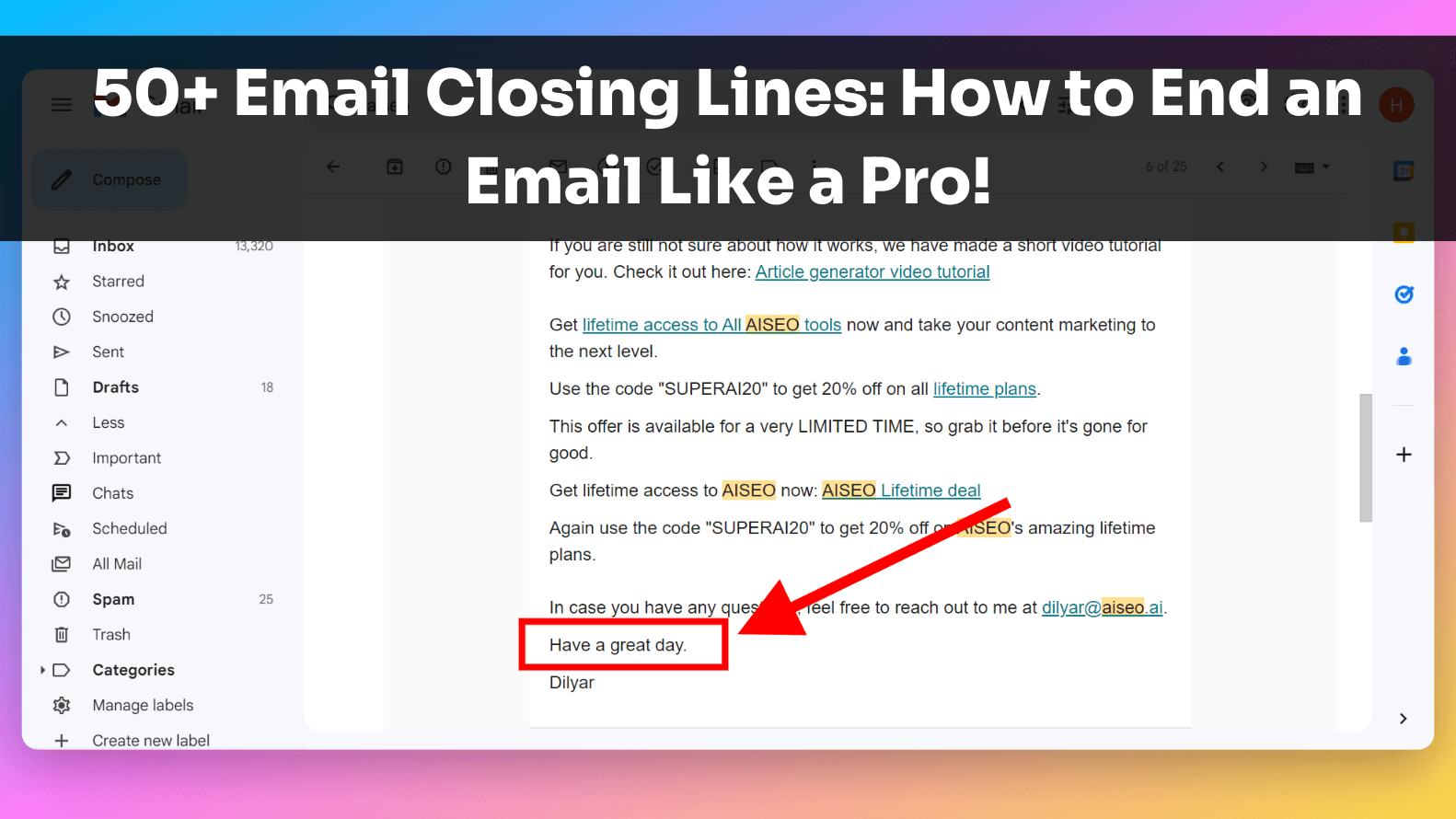Are you tired of ending your emails with the same old, dull closing lines?
Do you struggle to find the right words to express your gratitude or appreciation to the recipient?
Don't worry; you're not alone! Many of us struggle with ending emails in a way that conveys our message effectively and professionally.
Imagine this scenario: You've just spent hours crafting the perfect email, only to realize you have no idea how to end it. Do you go with a formal closing or something more personal? It can be frustrating to feel like you're not sure what to say to wrap up your message.
That's where this blog comes in. We'll cover different categories of email closing lines and provide examples for each one. Whether you're trying to convey appreciation, motivate the recipient, or simply end on a friendly note, we've got the perfect closing lines for you.
In this blog, we will discuss 50+ email closing lines that can help you end your emails like a pro! From professional and formal to personal and humorous, we've got you covered with a variety of options to choose from.
So, sit back, relax, and let's dive into the world of email closing lines. By the end of this blog, you'll have various options and the confidence to end your emails like a pro.
50+ Email Closing Lines That Must Be in Your Bucket
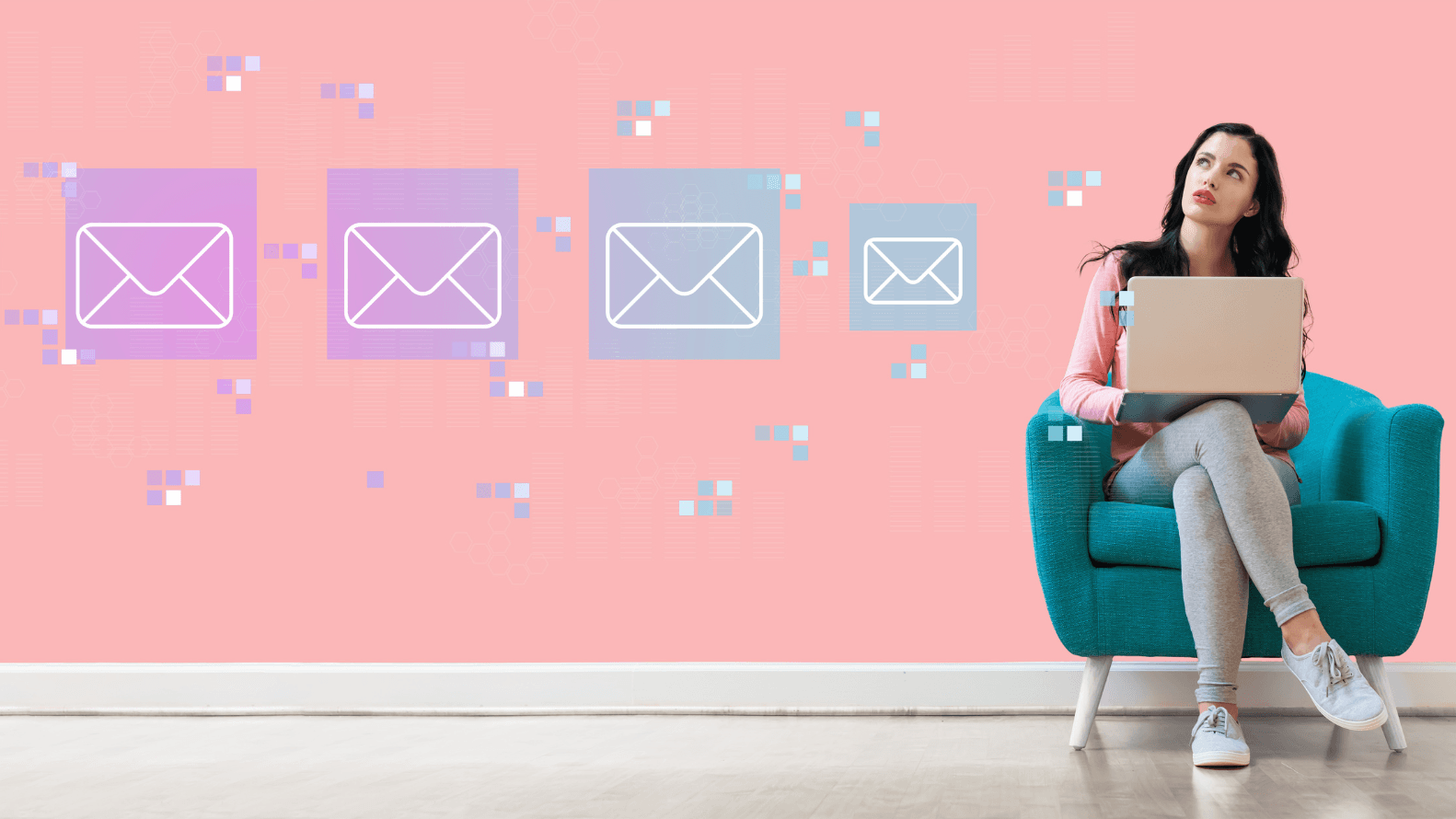
Are you looking for ways to elevate your email game and leave a lasting impression on your recipients? Look no further!
We've compiled a list of 50+ email closing lines that must be in your bucket. These closing lines cover various categories and are perfect for different occasions. Whether you want to end your emails professionally, express appreciation or gratitude, or add a touch of humor, we've got you covered.
So, without further ado, let's explore these 50+ email closing lines and take your email communication to the next level!
1. Professional
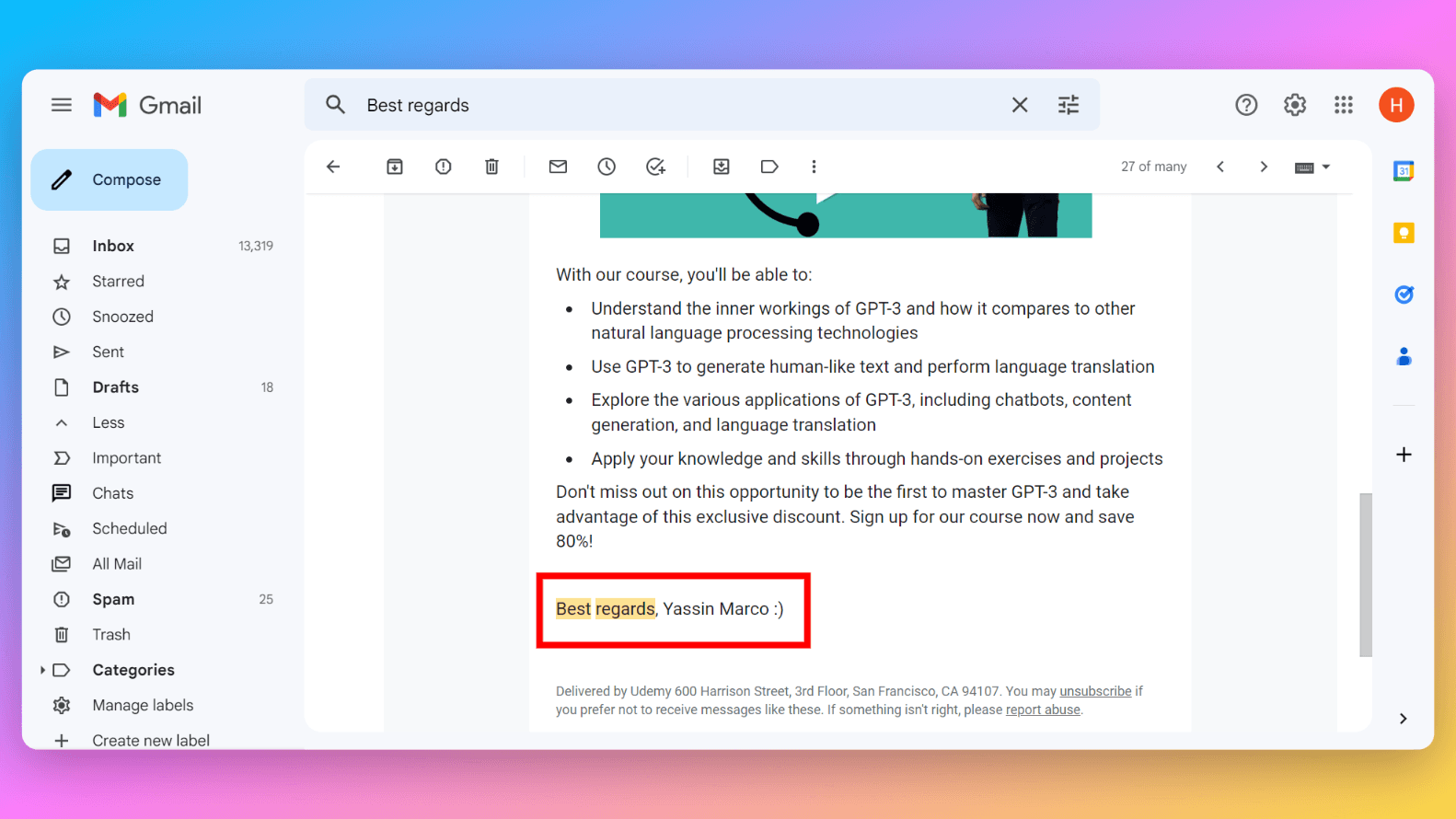
Professional email closing lines are formal and appropriate for business or work-related emails. These closings often include words like "regards" or "sincerely," and they convey a sense of respect and professionalism.
- Best regards,
- Sincerely,
- Regards,
- Kind regards,
- Respectfully,
- Yours truly,
- With gratitude,
- Thank you,
- Warmly,
- All the best,
2. Appreciative

Appreciative email closing lines express gratitude or appreciation towards the recipient of the email. These closings can be used in response to a favor or help provided, or simply to show that you value the recipient's time and effort.
- Thanks for your help,
- I appreciate your time,
- Many thanks,
- Much appreciated,
- Thank you for your assistance,
- Thank you for your support,
3. Personal

Personal email closing lines are more informal and friendly. These closings are often used in emails to friends, family, or colleagues with whom you have a good relationship. They can convey warmth and a sense of personal connection.
- Take care,
- Cheers,
- Have a great day,
- Talk soon,
- Stay in touch,
- Looking forward to hearing from you,
- Catch up soon,
- Until next time,
- Warmest wishes,
4. Action-oriented
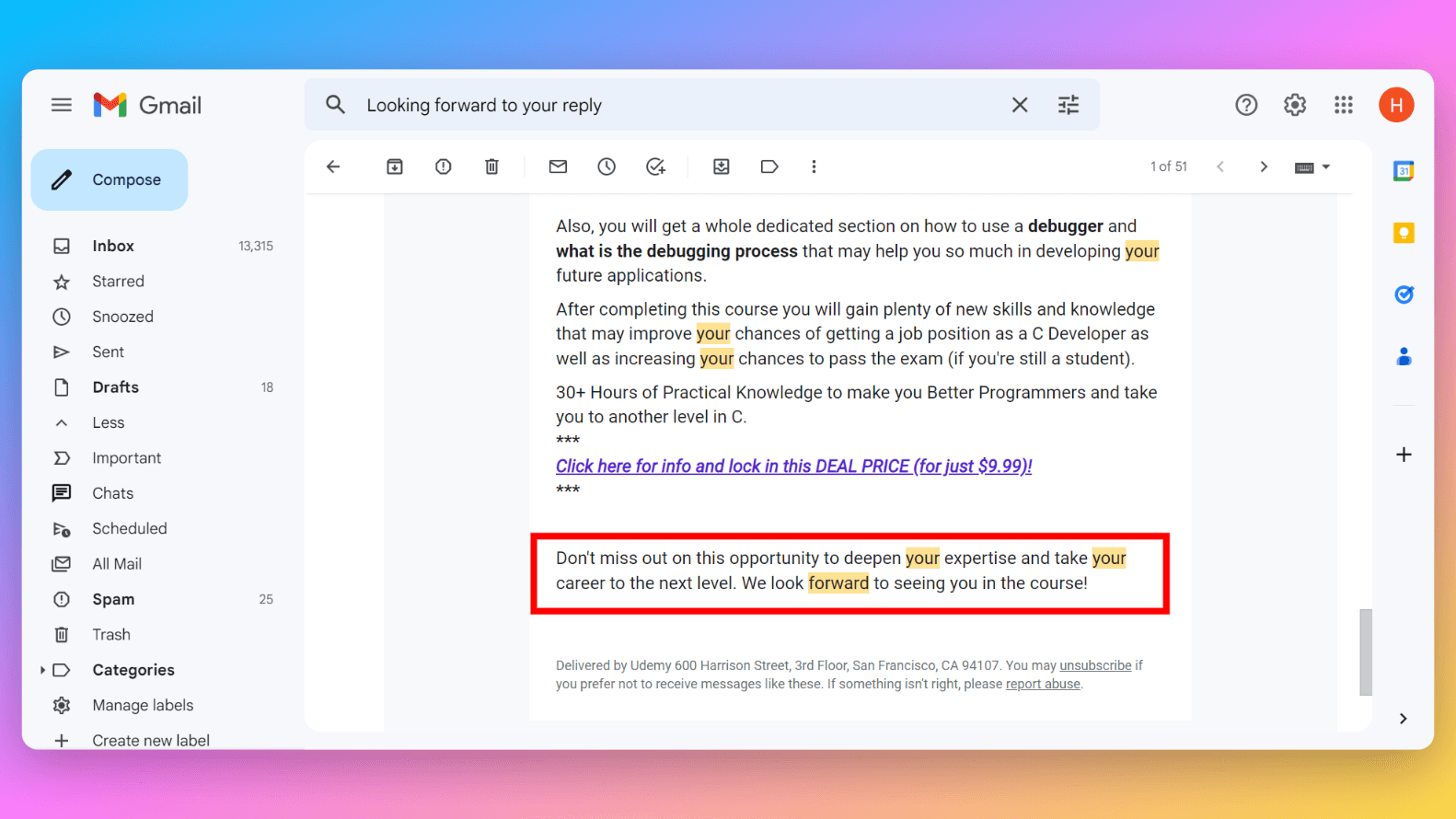
Action-oriented email closing lines encourage the recipient to take action, follow up, or respond to your email. These closings are often used in situations where you are waiting for a response or need the recipient to do something specific.
- Let me know if you need anything else,
- I'll follow up with you soon,
- Keep me posted,
- Looking forward to your reply,
- Please get back to me at your earliest convenience,
5. Grateful
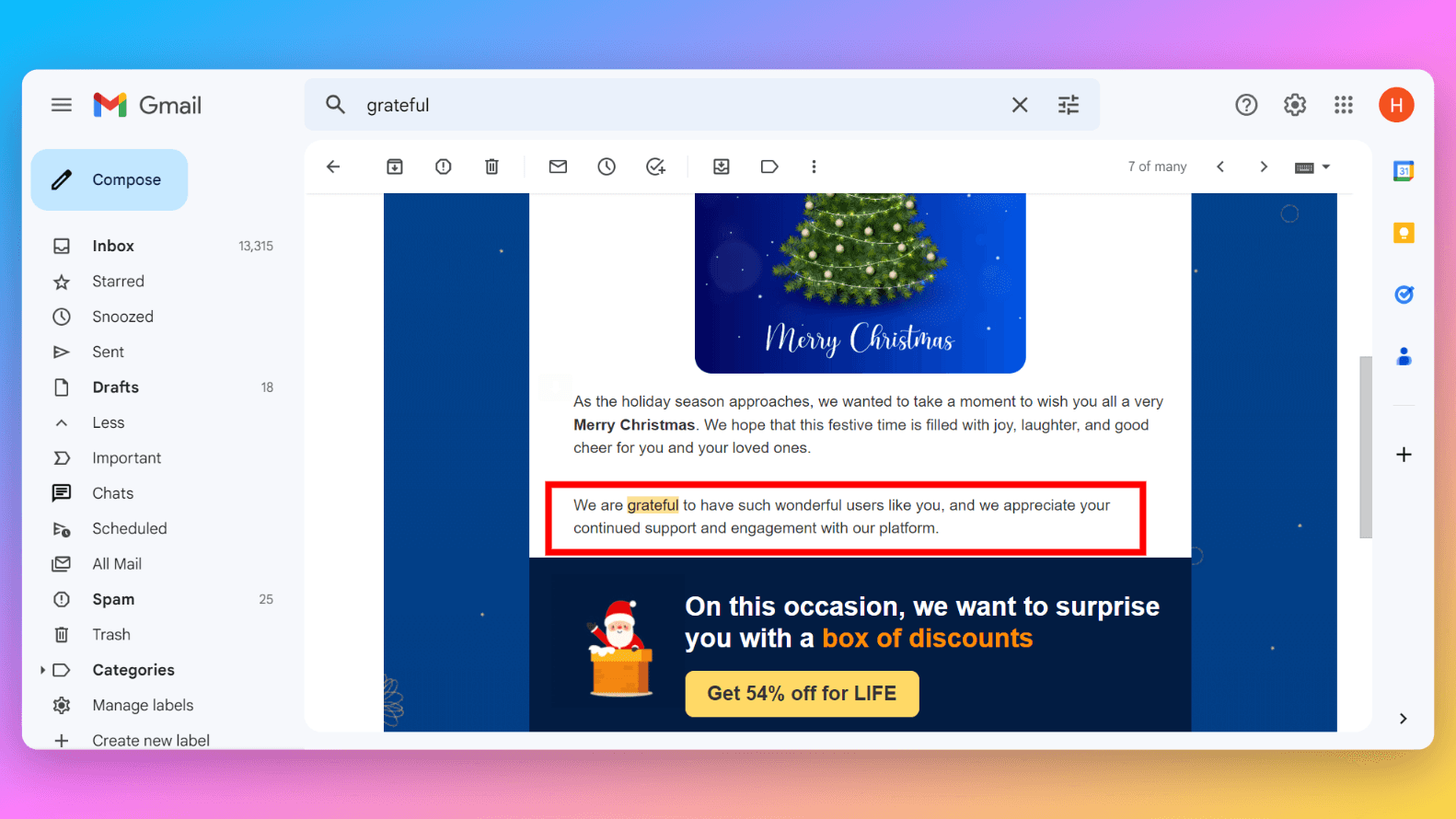
Grateful email closing lines express appreciation or gratitude towards the recipient. These closings are often used when someone has done something kind or helpful for you, and you want to express your thanks.
- I am grateful for your time and attention,
- Thank you for your understanding,
- Your generosity is much appreciated,
- Thank you for your consideration,
- Your help has been invaluable.
6. Motivational
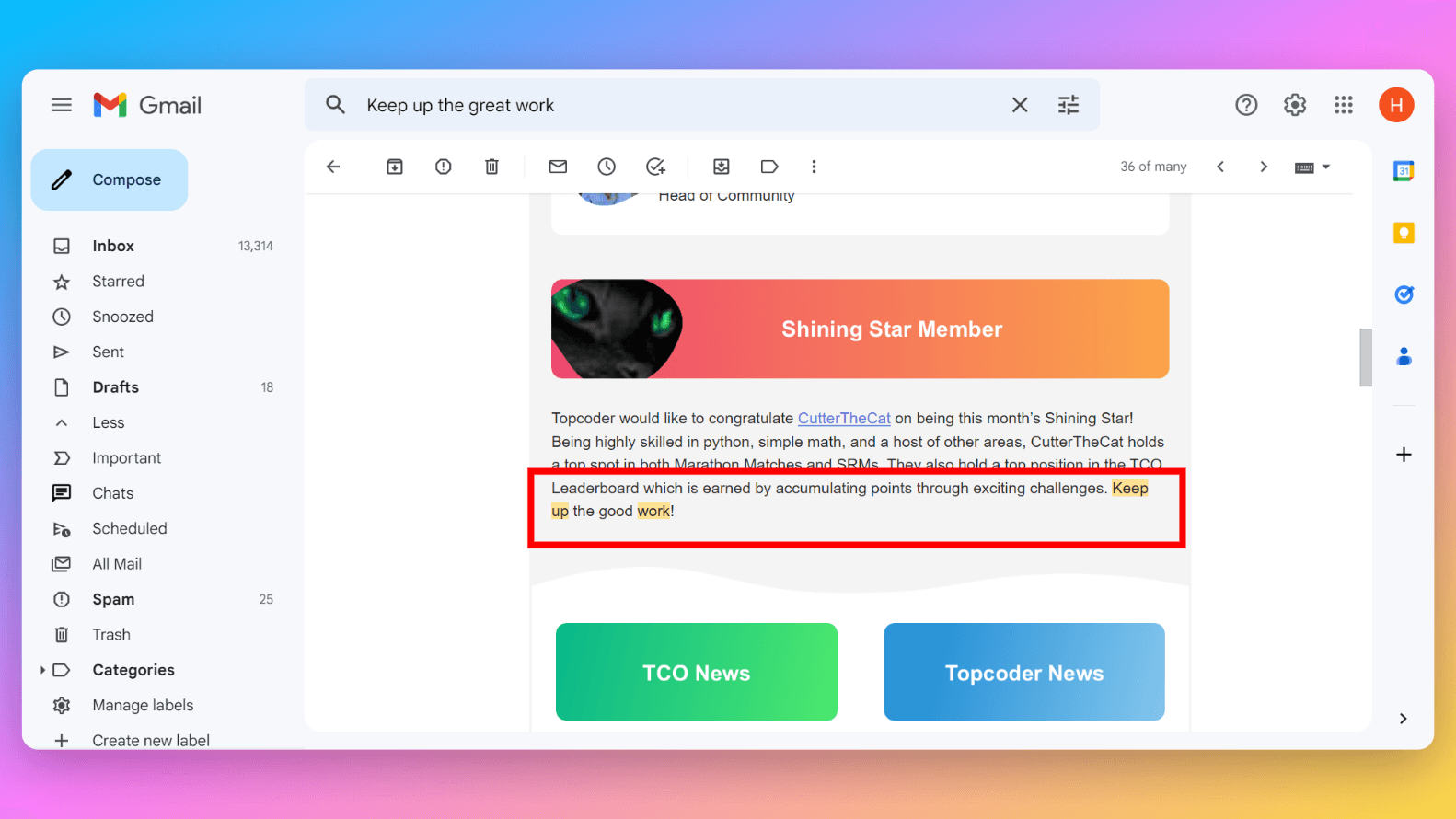
Motivational email closing lines can be used to encourage or motivate the recipient. These closings are often used in emails related to work or personal goals, and they can help to inspire the recipient to keep working towards success.
- Keep up the great work,
- You're doing an amazing job,
- Keep pushing forward,
- You're making a difference,
- You're an inspiration.
7. Formal
Formal email closing lines are very respectful and polite. These closings are often used in very formal situations, such as when writing to a high-ranking official or a member of the royalty.
- With appreciation,
- With my highest regards,
- Cordially,
- Yours respectfully,
- Faithfully yours,
8. Humorous
Humorous email closing lines are used to add a touch of humor or personality to an email. These closings are often used with people you have a good rapport with and can add a light-hearted tone to an email.
- May the force be with you,
- Catch you on the flip side,
- See you later, alligator,
- Ta-ta for now.
How to End an Email Professionally?
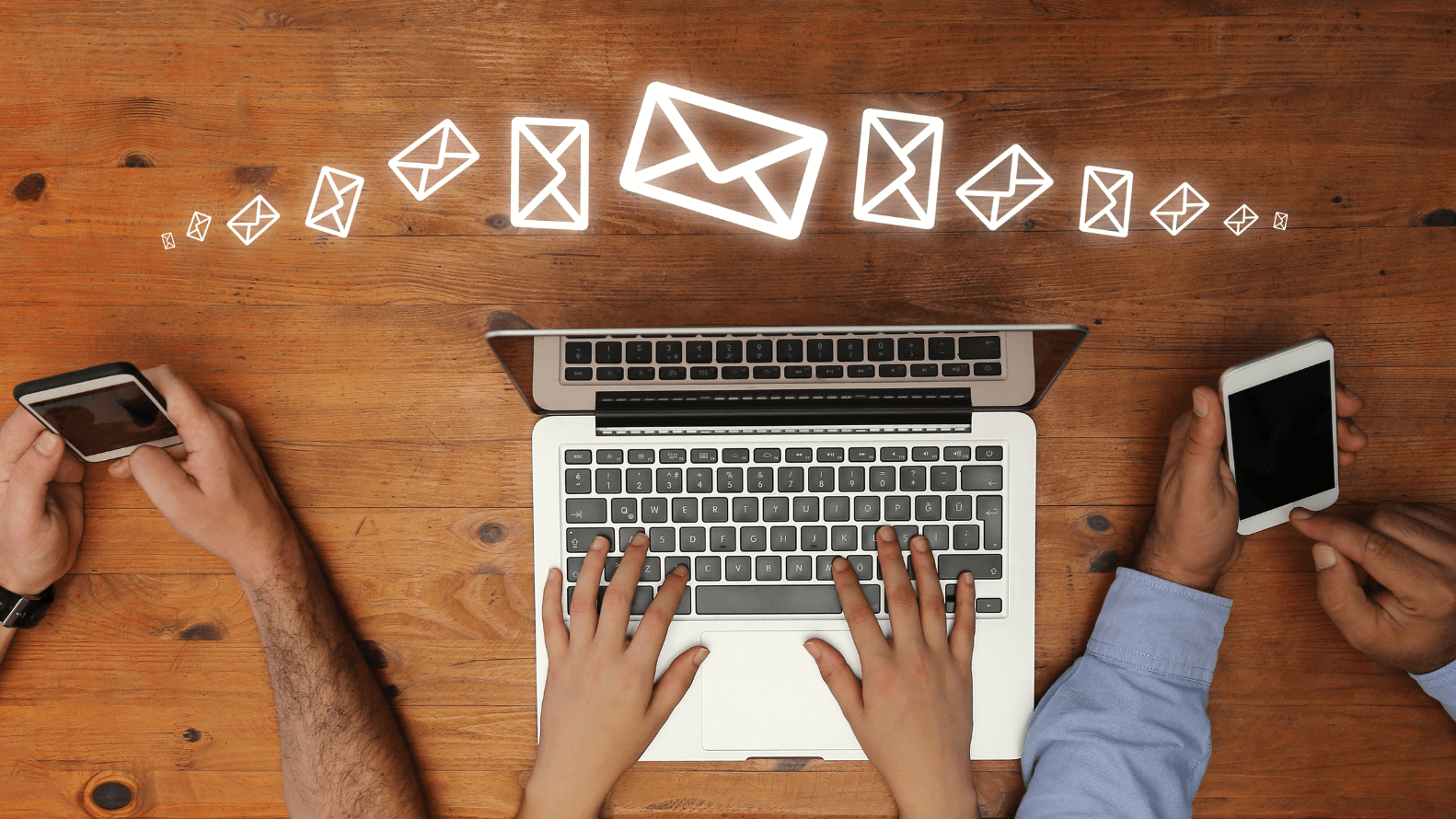
Ending an email professionally is crucial to ensure that your message is received well and conveys the right tone.
Let's explore some strategies and best practices for ending your emails in a manner that reflects your professionalism and attention to detail.
Step 1: Consider Your Relationship with the Recipient
The way you sign off your email should be tailored according to your relationship with the recipient.
For instance, if you're emailing a close colleague or friend, a more casual sign-off might be appropriate. However, for strictly professional correspondence, choosing a more formal closing is essential.
Before sending, you might also use an email validation tool to ensure the recipient’s address is correct to avoid bounces and message reach the intended destination.
Step 2: Choose the Right Sign-Off
Select an appropriate sign-off based on the context and your relationship with the recipient.
Here are some examples for various situations:
- Formal business correspondence: "Sincerely," "Best regards," or "Kind regards"
- Casual emails with colleagues or friends: "Cheers," "Take care," or "Thanks"
- Follow-up emails: "Looking forward to hearing from you," or "Please let me know if you have any questions"
Step 3: Include Your Full Name and Contact Information
Always include your full name when signing off an email, as it adds a personal touch and ensures that the recipient knows who the email is from.
Additionally, provide your contact information, such as your phone number or professional title, to make it easy for the recipient to get in touch with you.
Step 4: Proofread and Edit
Before sending your email, make sure to proofread and edit your message carefully. A well-written email with proper grammar, spelling, and punctuation reflects positively on you as a professional.
Pay particular attention to your sign-off, as this is the last impression you'll leave on the recipient.
Step 5: Test Different Closings
It's a good idea to try out different email closings to find which ones work best for your specific situation. You can experiment with various sign-offs and observe the responses you receive from recipients. This will help you understand what works best for your professional relationships and communication style.
In a nutshell, ending an email professionally is essential to convey the right tone and demonstrate your attention to detail.
By following these steps, you can ensure that your emails leave a lasting impression on the recipient, helping you build strong professional relationships and effectively communicate your message.
Wrapping It Up
Congratulations! You've now learned 50+ email closing lines that will help you end your emails like a pro. Whether you're sending a business email, a personal message, or a follow-up email, you now have a variety of options to choose from that suit your needs.
Remember that the way you end your emails can leave a lasting impression on your recipients. Choosing the right closing line can help you convey your message effectively and professionally, while also showing your appreciation or adding a touch of personality.
So, the next time you're drafting an email, take some time to think about which closing line would be the most appropriate. And don't be afraid to experiment with different categories and styles to find the perfect one for you.
We hope that this blog has been helpful in improving your email communication skills. By using these 50+ email closing lines, you're sure to impress your recipients and leave a lasting impression.
And if you're looking to take your entire email game to the next level, consider exploring email marketing automation platforms to streamline your outreach, follow-ups, and engagement efforts—especially for business or sales communication.
Thanks for reading, and happy emailing!

About Dilyar Buzan
Founder & CEO at AISEO
Artificial Intelligence - University of Amsterdam
LLM engineer
